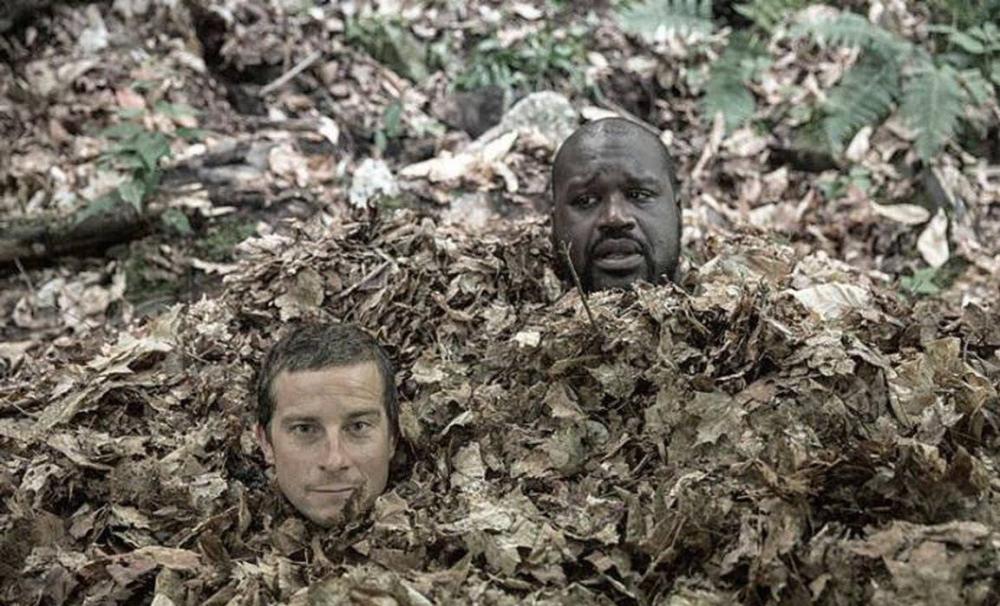
In the eyes of many foreigners, Japan is a magical country, and one of the concrete manifestations of this is that the Yamato nation has always feared the former, but has no sympathy for the weak, and the hierarchical law of the jungle pervades all strata of society. During World War II, the Japanese army also exerted its cruelty and ruthlessness to the extreme on the battlefield, not only to its own people, but also to outsiders.
The six months between the surprise attack on Pearl Harbor in December 1941 and the Battle of Midway in June 1942 were six months after the Japanese had a smooth sailing in the Pacific War. During this period, the Japanese took advantage of the heavy losses of the U.S. Pacific Fleet to quickly clear the Anglo-American and Dutch military forces in Southeast Asia, and captured the vast territory of Malaya, the Dutch East Indies (present-day Indonesia), and the Philippines. At the same time as the military victory, the Japanese also captured a large number of Allied prisoners – more than 80,000 Commonwealth troops entered the camps at the time of the fall of the Singapore fortress alone.
■ On February 15, 1942, Singapore, the first stronghold of the Far East, fell and 80,000 Commonwealth troops surrendered to the Japanese.
In March 1942, RAF medical officer Aidan McCarthy was captured by the Japanese on the island of Java in the Dutch East Indies, and suffered several prisoner-of-war camps for the next three and a half years, and underwent atomic bombing in Hiroshima in August 1945. McCarthy was fortunate to survive nine deaths, serving in the British army after the war until he retired as a brigadier general in 1971 and died in 1995 at the age of 82.
■ Rafay Air Force Medical Officer Aidand mcCarthy (March 19, 1913 – October 11, 1995), who published his memoir A Doctor's War in 1979, later renamed A Doctor's Sword.
In 1979, McCarthy published his memoir, Doctor's War, detailing his story in World War II, much of which is devoted to the real-world experiences of the years of captivity, detailing many of the Japanese brutality inflicted on prisoners of war and civilians. McCarthy himself was severely beaten several times—beaten to death by several Japanese soldiers and broken by the butt of his rifle in his right elbow. But he had not suffered fatal injuries or serious illnesses, and was luckier than those who had lost their lives.
Of the many prisoners of war who were tortured to death by the Japanese, there was one Indonesian who impressed McCarthy the most. This was an indigenous Indonesian soldier, and many Indonesians at the time tended to make friends with the Japanese, with only a few remaining loyal to the Allies. McCarthy had also suspected that the native soldier would fall to the side of the Japanese, but this doubt quickly dissipated - the Indonesian native actually led the rebellion, and the Japanese decided to kill the chicken and the monkey, and tied him to a stake to punish him in public. The Japanese guards first whipped him hard, punching him in the head with many wounds, and then buried his body below the neck in a pit of earth, leaving only his head exposed.
■ Indonesian soldiers during World War II, dissatisfied with the colonial rule of britain and the Netherlands, many Indonesians chose to support the Japanese army.
Indonesia is a tropical country, most of the country is near the equator, the weather is very hot all year round, and there are various mosquitoes, snakes and ants. The Indonesian was thus left to the scorching sun and insects, and the Japanese did not allow any Allied prisoners of war to approach him, let alone feed him food and water, or even shade. McCarthy and the others watched his life wither away like this, but they couldn't do anything.
■ Stills of the anti-Japanese drama, the Japanese buried prisoners of war in the ground, leaving only the head exposed.
This criminal law of the Japanese army is indeed very cruel. The victim was first artificially wounded, and then the whole body was buried in the ground and then subjected to a strong oppressive force, and the bowel movements were also suppressed, and then the wound on the head was exposed to the sun and rain without eating or drinking, and was bitten by mosquito poison, which was really unimaginable. The Indonesian's vitality was particularly tenacious, and after three days of torture and suffering, he finally died.
The torture greatly shocked and deterred the living Allied prisoners of war, who had seen the brutality and ruthlessness of the Japanese army and understood that lasting peace could only be ushered in if this terrible opponent was completely defeated.